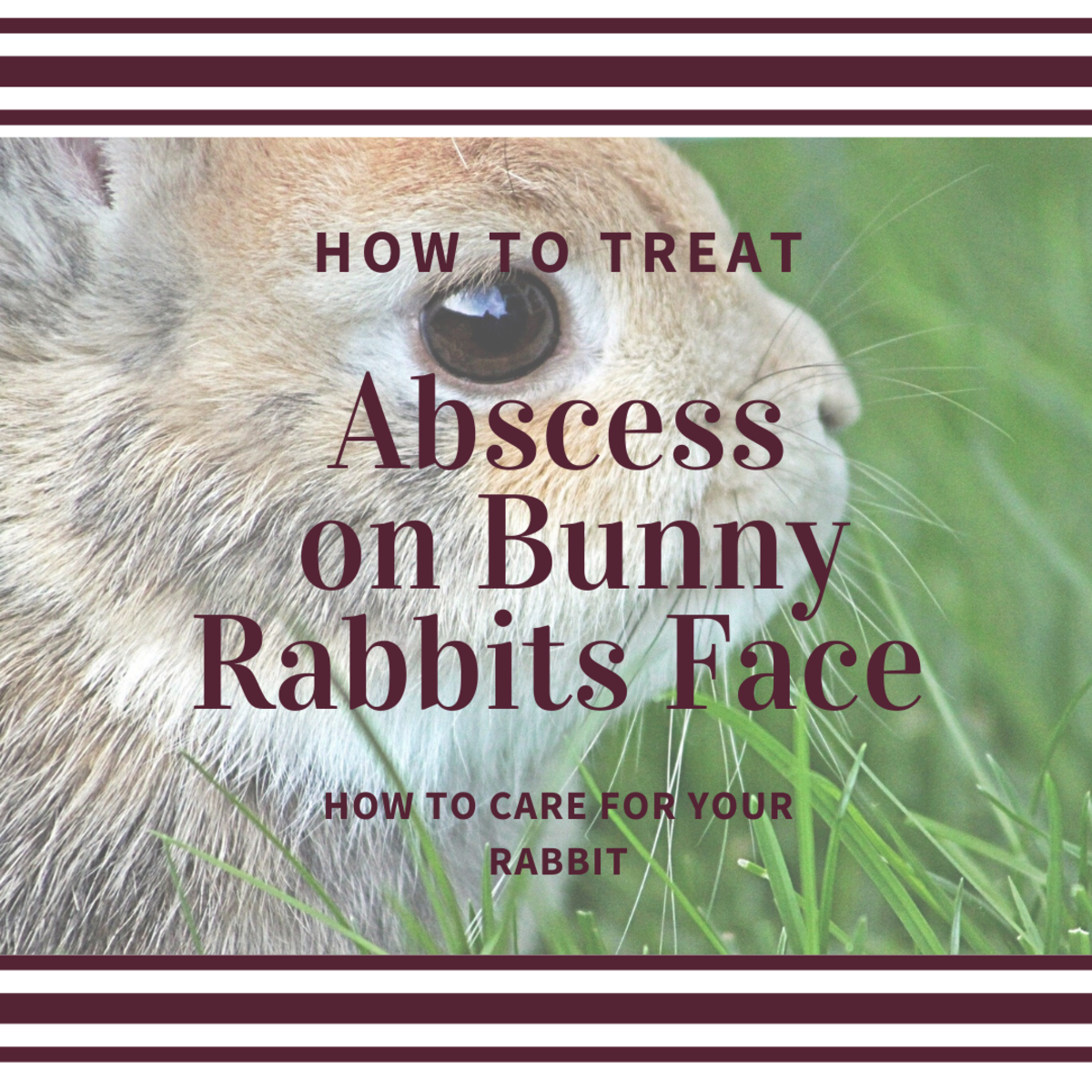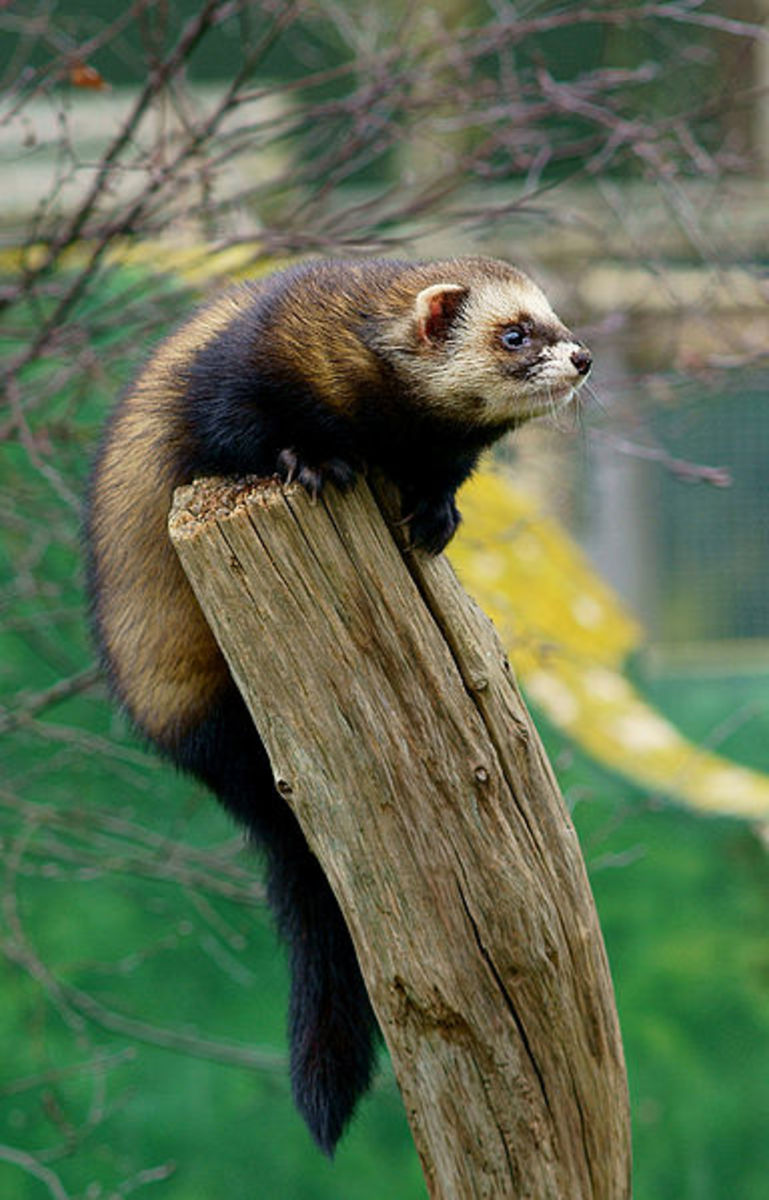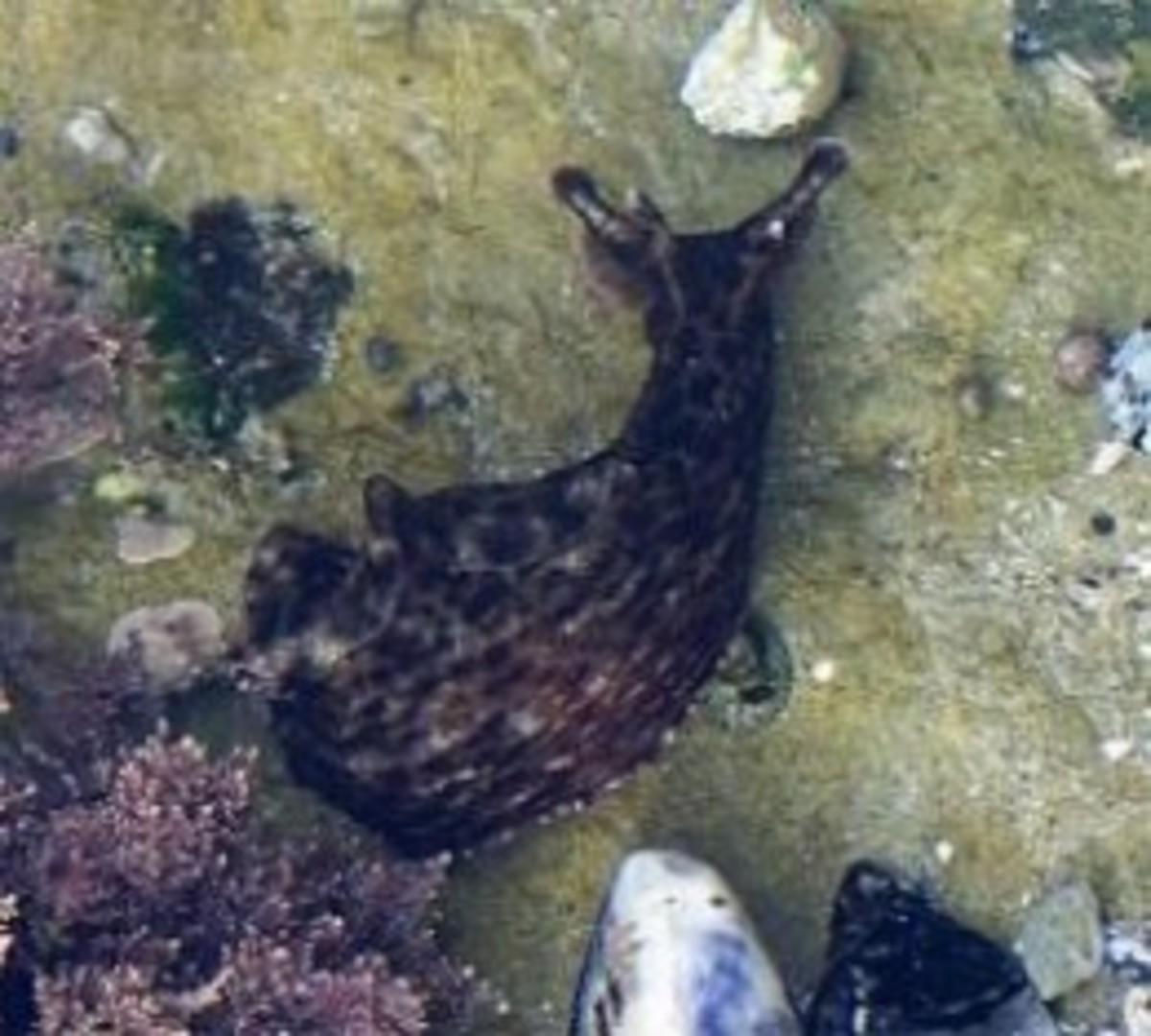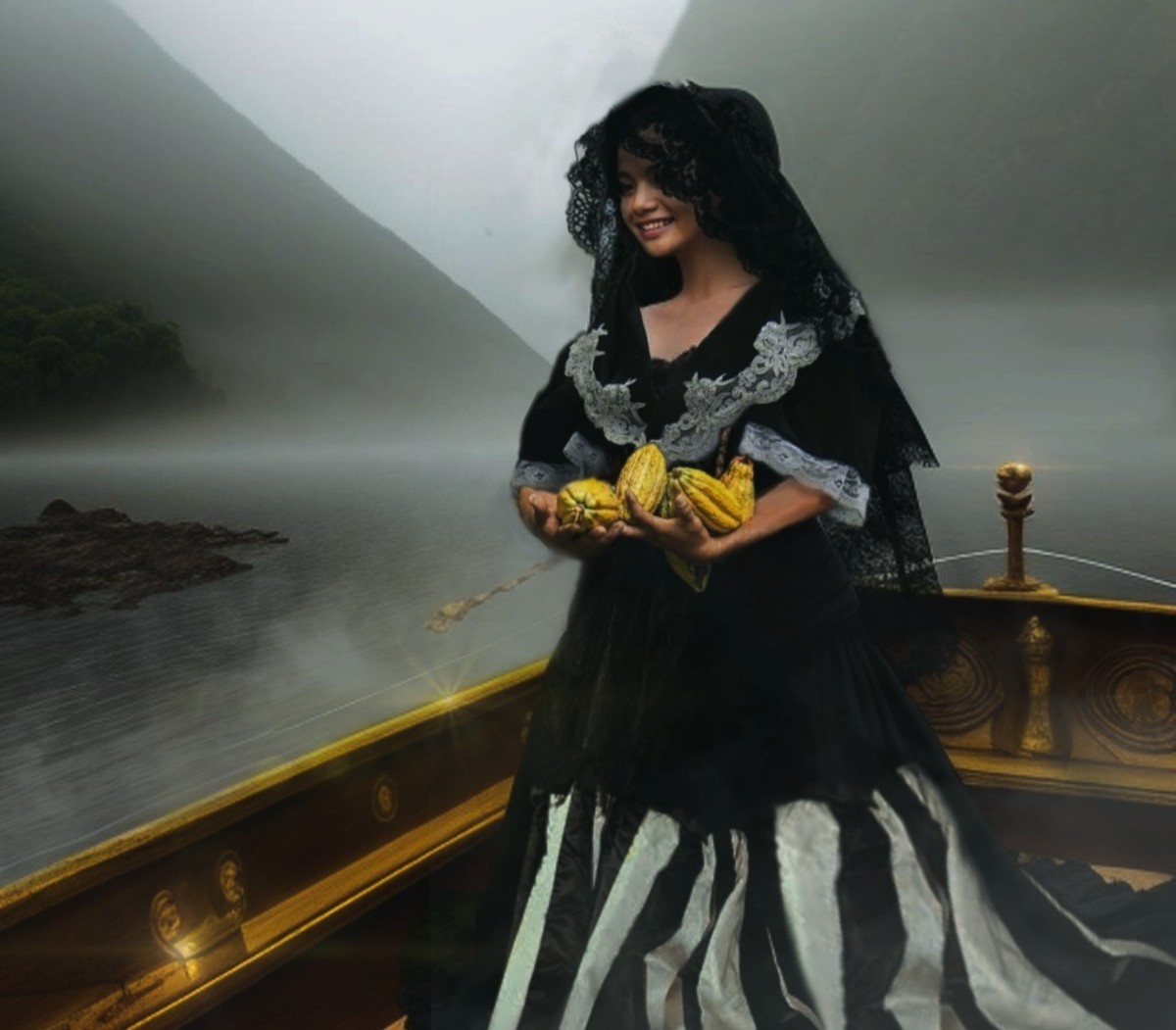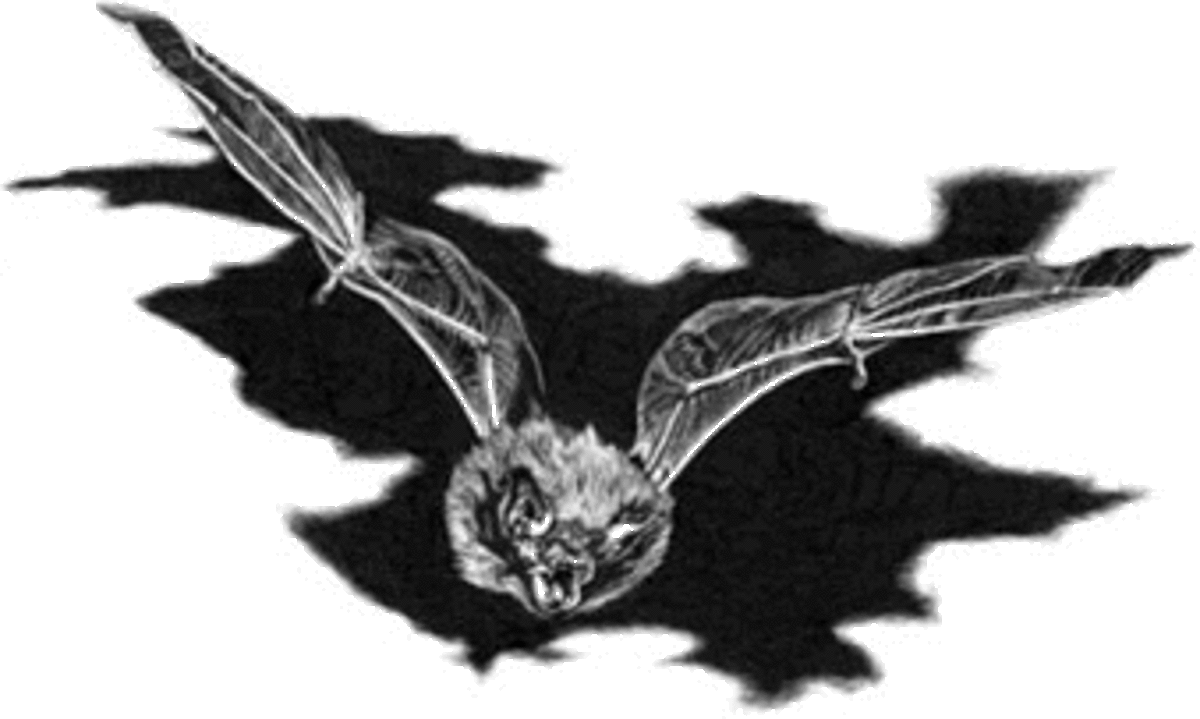Animal Spirits & Totems: Rabbits & Hares
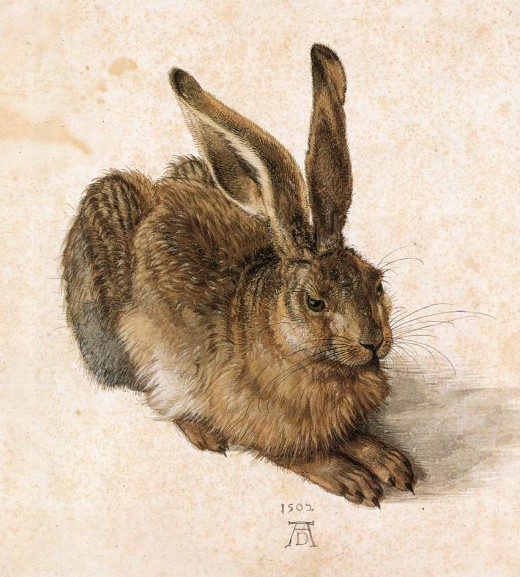
Facts About Rabbits & Hares
Rabbits and hares are both vegetation-eating mammals belonging to the same order (Lagomorpha) and family (Leporidae), and they look very similar to the untrained eye. But rabbits and hares are very different animals, with different habits, a few different physical features, and different ways of rearing their young.
In general, hares are usually larger than rabbits and have longer ears and legs. Hares live above ground for the most part, depending on their speed to escape predators. Hares are solitary animals. The males do not compete with other hares when they mate; they simply pair off.
Rabbits, on the other hand, live in large groups in underground warrens. They escape predators by diving underground, and they have a complex social order. Male rabbits compete for females when they breed in order to establish their level of dominance in the group. They have shorter but very powerful hind legs.
Rabbits and hares both feed in the early morning and evening, but rabbits prefer soft green plants while hares forage for more hard foods such as bark, fruit rinds, stems, and twigs.
Both rabbits and hares are prolific breeders, producing six to eight litters each season. Baby hares are called ‘leverets’. They are born with fur in above ground nests made of leaves and twigs and are left alone fairly early in life. Leverets provide food for raptors or other birds of prey in many wild habitats, where (if all goes well) the baby birds are born at right about the same time. If the birds of prey reproduce out of sync with the leverets, their offspring usually die.
Rabbits give birth to hairless, blind young underground, where their mothers care for them until they can see and are more developed. Baby rabbits are called ‘kits’ or ‘kittens’, though popularly they are known as ‘bunnies’. Rabbit kits also provide plentiful food for spring predators, which is why so many of them are produced. A female rabbit can actually conceive a second litter before her first litter is even born.
Finally, hares have white bellies and black markings on brown fur. The fur on a hare turns white in the winter. Rabbits come in a wide variety of colors and breeds, some wild, some tame. Wild rabbits have brown fur during warm weather and grey fur during the winter months.
Rabbits can be easily domesticated and raised as pets or for food. Hares are wild and cannot be domesticated. Both hares and rabbits can become pests when they live on farms or in residential areas. During hard winters rabbits will strip saplings of their bark, girding and thus killing the young trees before spring arrives.
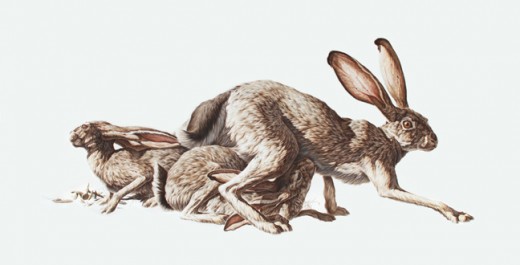
Rabbit Wisdom, Hare Wisdom
Rabbits are associated with fertility, abundance, and survival through keeping a low profile. An encounter with a rabbit can have many meanings depending on the context. Although rabbits survive by darting into their underground warrens, they are also a major food source for predators, so depending on the circumstances an encounter with a rabbit can herald a period of creative abundance in your life, or warn about an unwise lack of personal protection.
In a similar way, a rabbit encounter can be a warning to ‘lay low’ until some period of danger has passed.
A rabbit’s eyes are positioned on the side of its head for a wider range of vision. A rabbit encounter may advice you to ‘watch your back’.
Hares are wild creatures that make a gamey, stringy meal. An encounter with a hare may be a signal to maintain your quickness of body and mind, or to develop it. A hare connection reminds us to respect our naturally solitary nature and not be too quick to conform.
Hares will thump the ground as a warning, so if you witness at hare doing this, consider yourself warned. Keep your wits about you and be ready to make a hasty exit, not just then and there, but in any area of life that comes to mind.
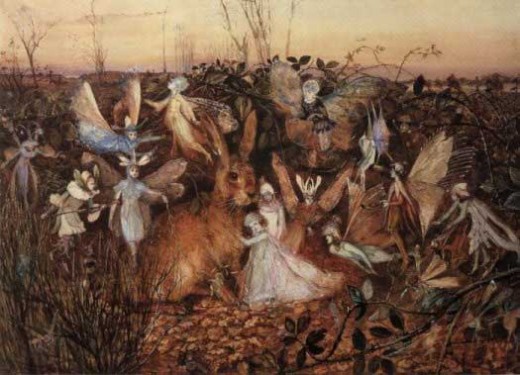
Personal Encounters with Rabbits and Hares
One of my most memorable animal encounters was with a leveret, or young hare. I was on my way into class at the university where I was studying for a master’s degree. For no apparent reason that I can recall I looked down at the ground and stopped short.
There, just inches from my toes, was a baby hare, its nose twitching rapidly. It was so still that if it weren’t for the nose, I would have thought it was dead. For a moment I wondered if it was sick. I was stunned and had no idea what to do. For a long moment we kind of mirrored each other: the baby hare perfectly still and seemingly stunned, and me very much the same.
Finally, I said something like, “Hi, thank you,” although again, I’m not sure why I said that. I walked around it. Looking over my shoulder I then saw the small leveret take off at great speed and disappear into an adjoining field.
This was at a time in my life when I was feeling quite exposed and in some degree of personal danger. The encounter with the leveret confirmed my unease, telling me to keep my wits about me and be ready to bolt in an instant if necessary.
When I was done writing my thesis and my faculty advisor inexplicably refused to schedule the committee meeting that would result in my diploma, I remembered the leveret and made a quick exit, leaving the program.
The next day the head of the department called me and scheduled my committee meeting, overriding my advisor’s decision. I graduated with honors, but ultimately decided against an academic career, realizing that it was not a good place for me survival-wise.

